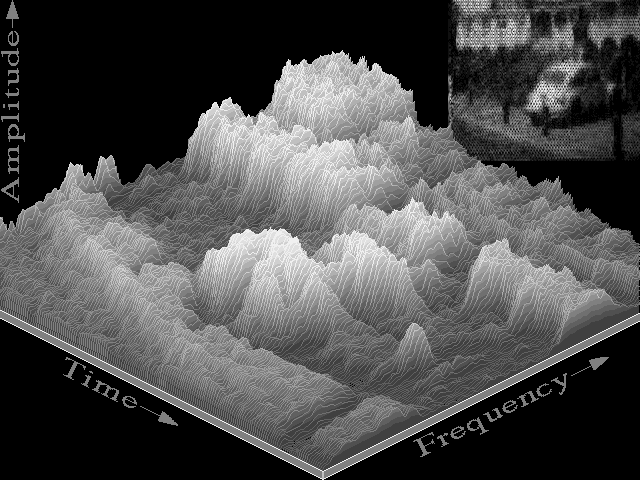I promised an answer to this question so here goes my perspective.
Here is the difference:
Digital
Analog
The digital waves are just an approximation. We can get a better and better approximation, but it still doesn't give us the "resolution" and textures available in the natural wave. See, we can keep increasing the resolution of the digital wave 24bit, 192Khz, 384Khz, but it all is still an approximation.
Look at this differences in the wave patterns. The natural analog waves have billions of foam particles, textures, other baby foam particles etc. As soon as we try and translate that to digital, how many bits will it take to translate some of those foam bubbles we see? We can keep increasing the sampling rates and resolution bits and just get an inaccurate representation, while the natural waves keep bouncing randomly as god and mother nature intended.
That is what the analog medium is....natural just like life. Hence even the flaws have the beauty of nature hidden in them and hence, appeals to our more natural and HUMAN senses, rather to our technological brain that we have developed through learning and understanding. See, what is is that we are understanding? It is the Nature of things, the Universe, the state of life around us. We have personally developed our scientific research (something we keep on refining) to UNDERSTAND the world around us. It is this science that has helped us develop the digital medium as well and so it is flawed in its nature because we ourselves are flawed as well. Our science is still way behind as we haven't understood nature yet...but do pursue it on a daily basis.
Yes, digital can be made to "measure" better (dynamic range, noise floor etc.), but there is a long way to go for us.
Our ears, our hearing, our heartbeat is a culmination of our mind, our soul and our connection with this earth and universe. Things that harmoniously occur with this nature (like the analog listening medium) helps us connect at an instinctive level and helps our being resonate with the universe as one. Digital in its current state....simply does not.
That is the difference we hear and we keep trying to understand.
Sound is one of our primary senses, yet the scientific community still has much more to learn and understand before we can REALLY understand it.
The answer is very philosophical, but to understand the answer, we can't address it scientifically as it is fundamentally flawed being bind to our current humanistic level of understanding. It must be understood philosophically and then it actually makes sense.
Hope you guys didn't get bored reading this, but I really wanted to point out the difference as I understood this after pondering over it for a long time. I had to put aside my preconceived notions to really "get" it.
I hope this post sheds some light into that direction of understanding.




